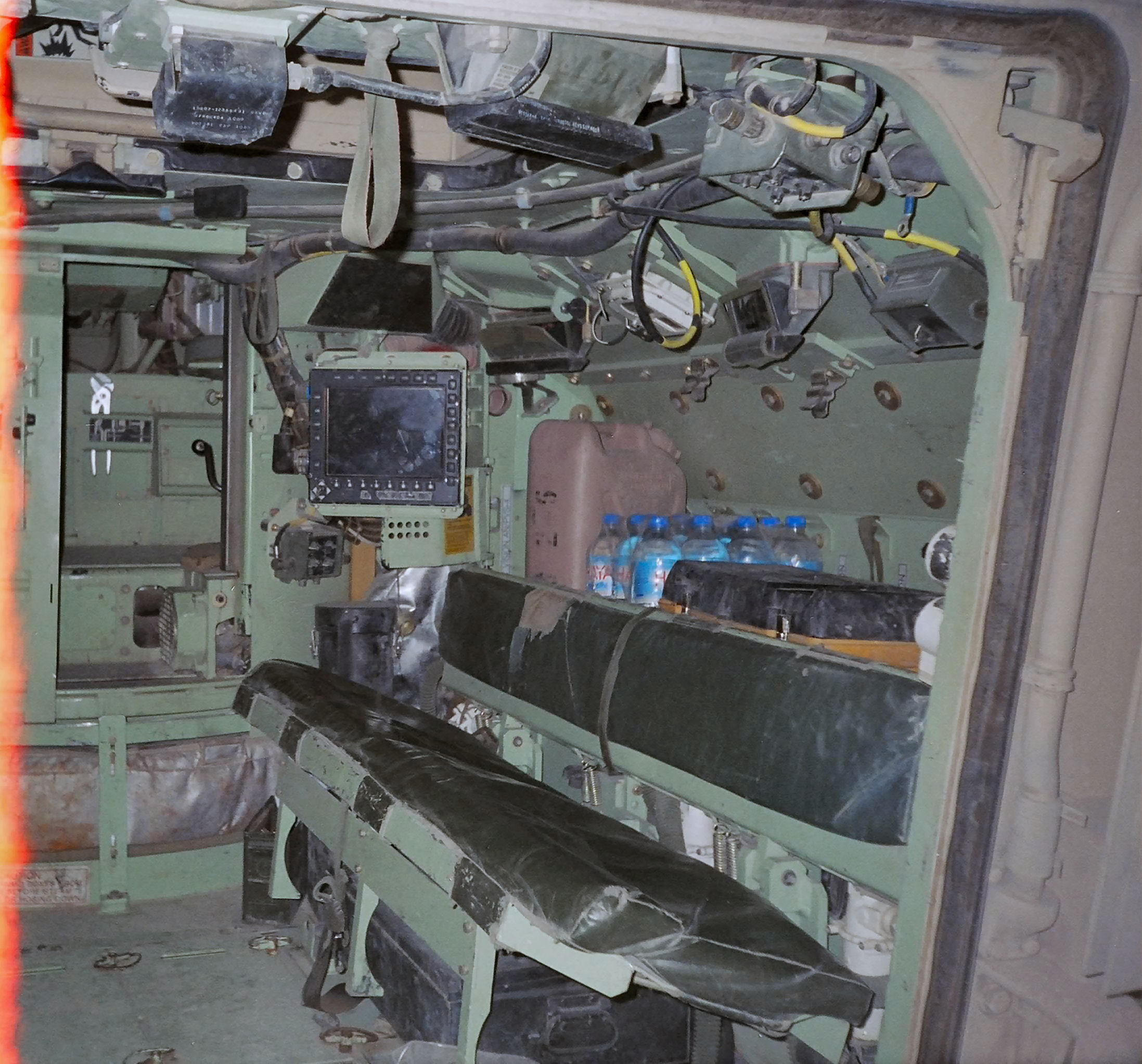I finally worked out answers to a few things that puzzled me for a while, and figured it might be fun to post here in a sort of Q&A format. This follows our articles looking at loadouts for the Bradley and Puma IFVs. Having read those articles, you might be wondering the following:
- How does the Bradley manage to carry so much ammo?
- The Puma IFV has an unmanned turret, so no turret basket, and it’s pretty large. So why does the Puma only have space for six dismounts?
The space under the turret on the Puma, where we would expect a basket to be on a manned turret, is actually a bunch of storage bins. It takes up about the same amount of space that two more shock-resistant seats would. So that’s where the space goes.
That begs more questions. Why do we need those bins? The Puma requires storage bins under the turret because the Puma’s sponsons contain fuel and various systems. They can’t be used for storage. On the smaller Bradley, the sponsons are empty and open to the cabin. So the space behind the bench seats can be loaded up with tons of stuff for both the vehicle and the dismounts. Check out this picture to see what I mean:

Happily, this picture shows the space being used with things you are probably familiar with, like a cooler and a bunch of 2-liter bottles. In combat conditions, we’d expect this to be full 25 mm ammo boxes and TOW missiles for the Bradley, plus food and ammo for the crew and dismounts. If you give up that storage space, you have to put the stuff somewhere else. And you can’t easily relocate stuff for the dismounts outside of the crew compartment. Hence, storage lockers. Note also in the above picture the floor panels at the bottom left. These can be lifted up to access yet more storage space. This space is normally used to fit 25mm ammo. We can also see some storage space under the bench seat. Convenient, but not the best when dealing with antitank mines.
The Puma uses the in-cabin storage lockers for stuff for the dismounts, and it has a bunch of external compartments to hold the 30mm ammo. The Puma was designed with protection and survivability first. The Germans went to a lot of trouble to put in decoupled running gear to minimize the number of penetrations into the hull for the suspension, since penetrations mean weak points for mines. This meant that the sponsons had to hold more suspension gear. Plus, the Puma’s designers tried to isolate the passengers and crew from the fuel and ammo.
The Bradley was designed in an earlier time when survivability was not as paramount, and its designers put firepower first to counter the expected hordes of Soviet light armor. If the Bradleys could take those out, American tanks would be free to concentrate their fire on enemy tanks. Or so the theory went. While possessing a bit of a glass jaw, the Bradley proved to be an excellent vehicle killer in Desert Storm, and was a good fire support vehicle in Operation Iraqi Freedom.